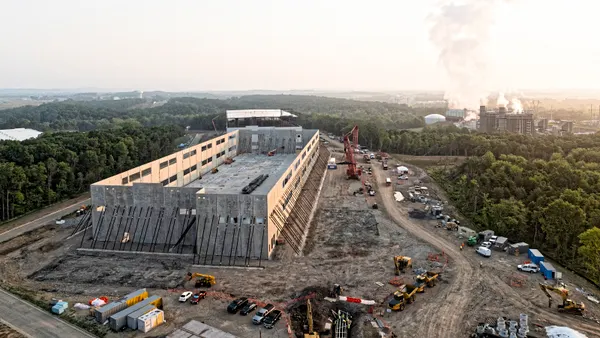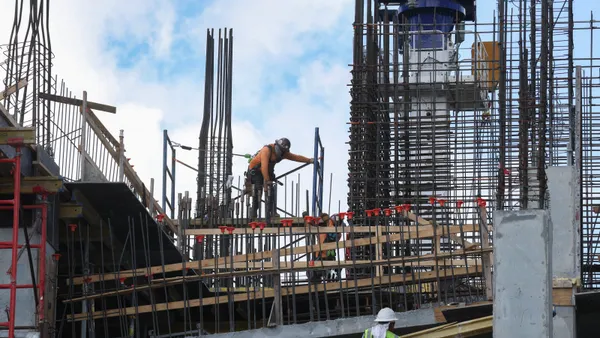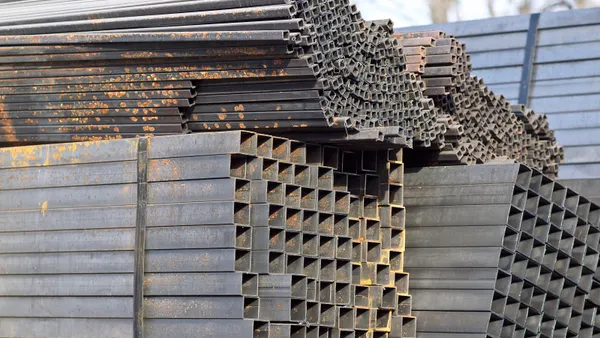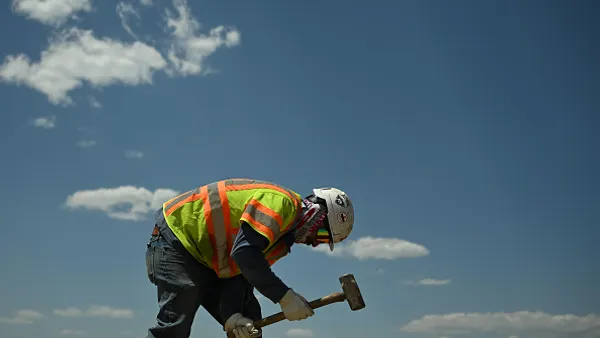Dive Brief:
-
In Detroit, the number of renters exceeds the number of homeowners for the first time since 1950, according to a new report. The shift follows a population decline of 27% between 2000 and 2015 amid the city’s ongoing economic concerns, Curbed Detroit reported.
-
Fifty percent of the city’s renters live in single-family homes built prior to 1980, and 11% live in two- to four-unit multifamily buildings in that age range. Older homes serving as rentals are raising safety concerns such as lead-based paint and overdue repair needs.
-
While rental prices are low, wages are also low, equating to half of residents spending 30% of their income on housing and 37% spending more than half.
Dive Insight:
In its report, Detroit Future City said it sees a need for creating a support system that includes regulatory policies that consider renters and landlords, new opportunities for financing, and resource partnerships.
Wendy Lewis Jackson, co-managing director of the Kresge Foundation in Detroit, echoed these sentiments in an interview with MReport: “I think there’s an opportunity because many families with young children have moved into these homes. And so now, how do we as a city put the right supports around the rental market to ensure stability?”
A recent report by the Urban Institute attributes Detroit’s unhealthy housing market to low demand, poor credit, and old, blighted homes. UI praised the city’s efforts to improve housing market, but calls on leaders to create a Housing Compact to help continually and collaboratively address all three burdens.
Still, even with Detroit’s ongoing struggles, efforts to revitalize its downtown are proliferating, including a new hockey arena, a street car initiative, and a $70 million housing complex catering to artists and young professionals.













